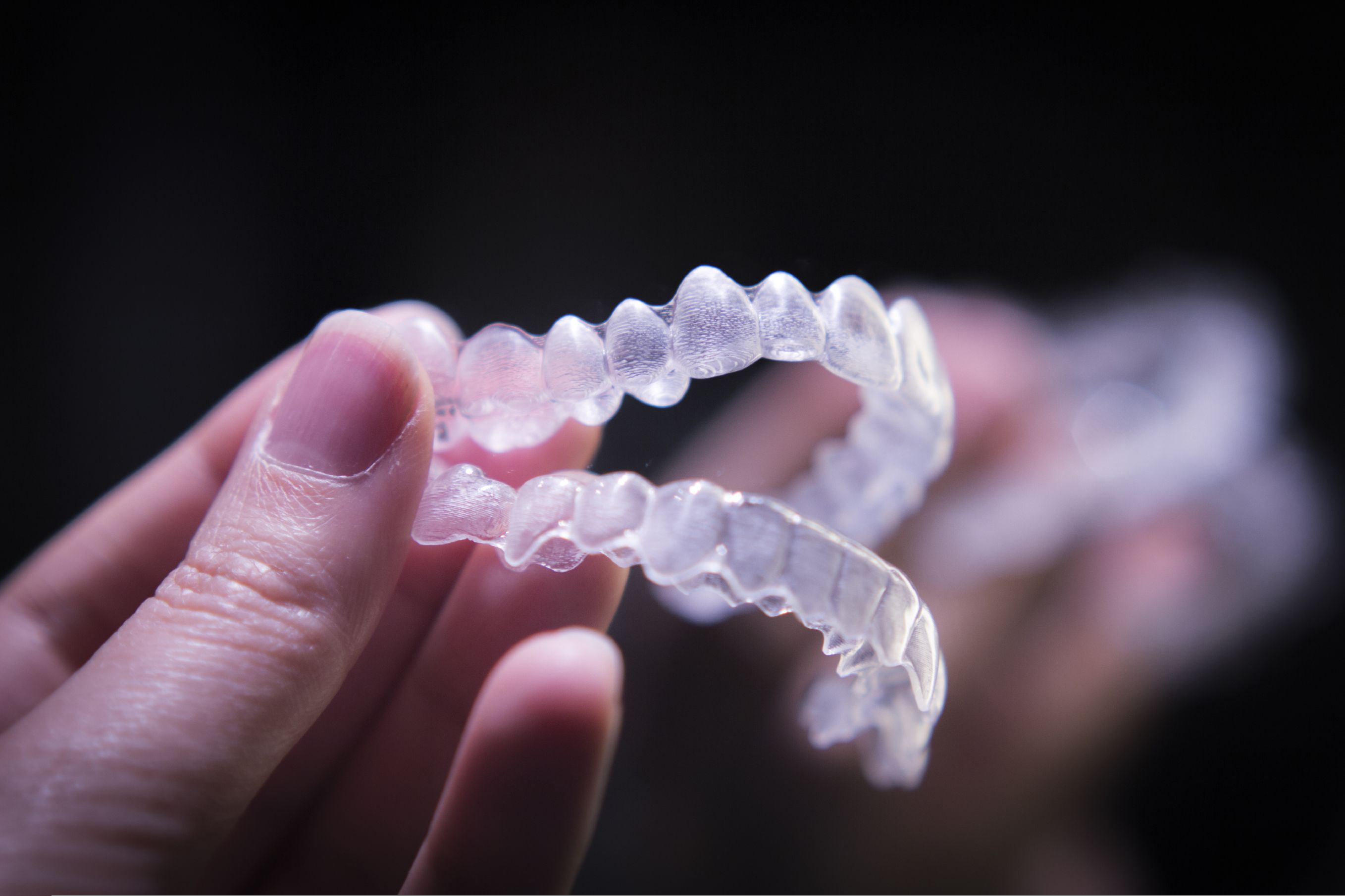Invisalign® After Braces: Multiple Orthodontic Approaches
 More and more people are singing the praises of Invisalign®. This alternative to traditional braces uses clear plastic aligner trays to help improve the straightness of your smile. Countless teens and adults at our Philadelphia practice have benefited from treatment.
More and more people are singing the praises of Invisalign®. This alternative to traditional braces uses clear plastic aligner trays to help improve the straightness of your smile. Countless teens and adults at our Philadelphia practice have benefited from treatment.
While Invisalign® is a common alternative to braces, there are cases in which it can be used after someone has already undergone orthodontic treatment with braces. Let's consider why some people may need additional treatment after already wearing braces.
Braces Can Do the Heavy Lifting
If you have teeth that are poorly aligned or face significant issues with malocclusion, orthodontic care is a must. For many people with serious issues related to crooked teeth, braces are an idea option. The use of brackets, wires, and bands can help apply careful force to the teeth, improving dental alignment and tooth position in the process.
Similarly, palatal expanders and headgear can improve the shape and position of other structure of the mouth so your dental alignment is greatly improved. These traditional orthodontic procedures still yield remarkable results even with new innovations in orthodontia and dental care.
Will I Need Additional Orthodontic Care After Braces?
While many people who undergo a full braces treatment have straight and excellent smiles after their braces are taken off, there are cases in which minor issues with spacing and malocclusion persist. Small spaces or gaps between the teeth may still be present, or even some relative minor issues with tooth position.
There are also instances in which the teeth shift a bit in the years after getting braces. Whether due to a failure to wear one's retainer as instructed or a host of other dental health factors, it's possible for straightened teeth to become crooked again. Thankfully there are treatments available.
How Invisalign® Can Correct Tooth Alignment After Braces
Invisalign® is a great option for making these minor adjustments to spacing and straightness. Patients who've had braces will require a less substantial post-braces treatment with Invisalign® since the previous orthodontic work accomplished so much with regard to improving dental alignment.
The Benefits of Invisalign® After Braces
If you require additional orthodontic care after braces, Invisalign® has many advantages:
-
The Aligners Are Hard to Detect – When in place, it's difficult to see Invisalign® aligners since they're clear. This is great for adults who might feel self-conscious about wearing braces.
-
Invisalign® Is Easy to Remove and Clean – Removing and cleaning Invisalign® aligners is simple and easy. No need for floss threaders or other special tools to practice good oral hygiene.
-
Little Interruption to Daily Life and Routines – Since Invisalign® is hard to notice and easy to use, patients won't have to experience that many hassles in daily life to undergo the orthodontic care they need.
How Long Will Post-Braces Invisalign® Treatment Take?
The exact extent of Invisalign® treatment after braces can vary from patient to patient.
Some patients with minor issues that require correction may need as few as seven Invisalign® aligners. This is known as Invisalign® i7, which can make minor adjustments to tooth misalignment issues using just seven Invisalign® aligners. Like traditional Invisalign®, a new aligner is worn every two weeks.
Other patients whose dental alignment has changed significantly may need several months of Invisalign® therapy as a corrective measure. For patients in this situation, significant dental health issues will have resulted in major changes to dental alignment.
During the consultation process, the ideal treatment for you and your needs can be discussed in much greater detail.
Learn More About Invisalign®
For more information about Invisalign® and how it can help you have a smile that's healthy and beautiful, be sure to contact an experienced orthodontist today. Our team will help you smile with renewed health and confidence.


